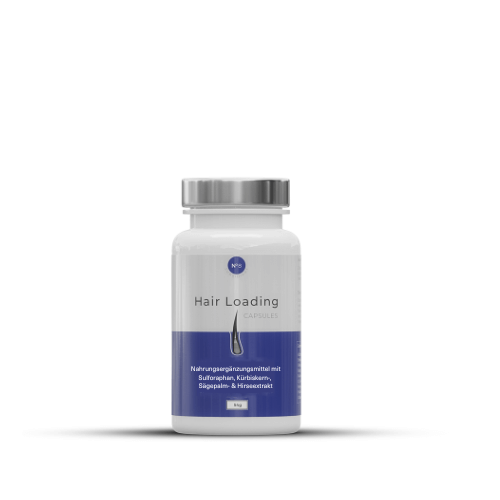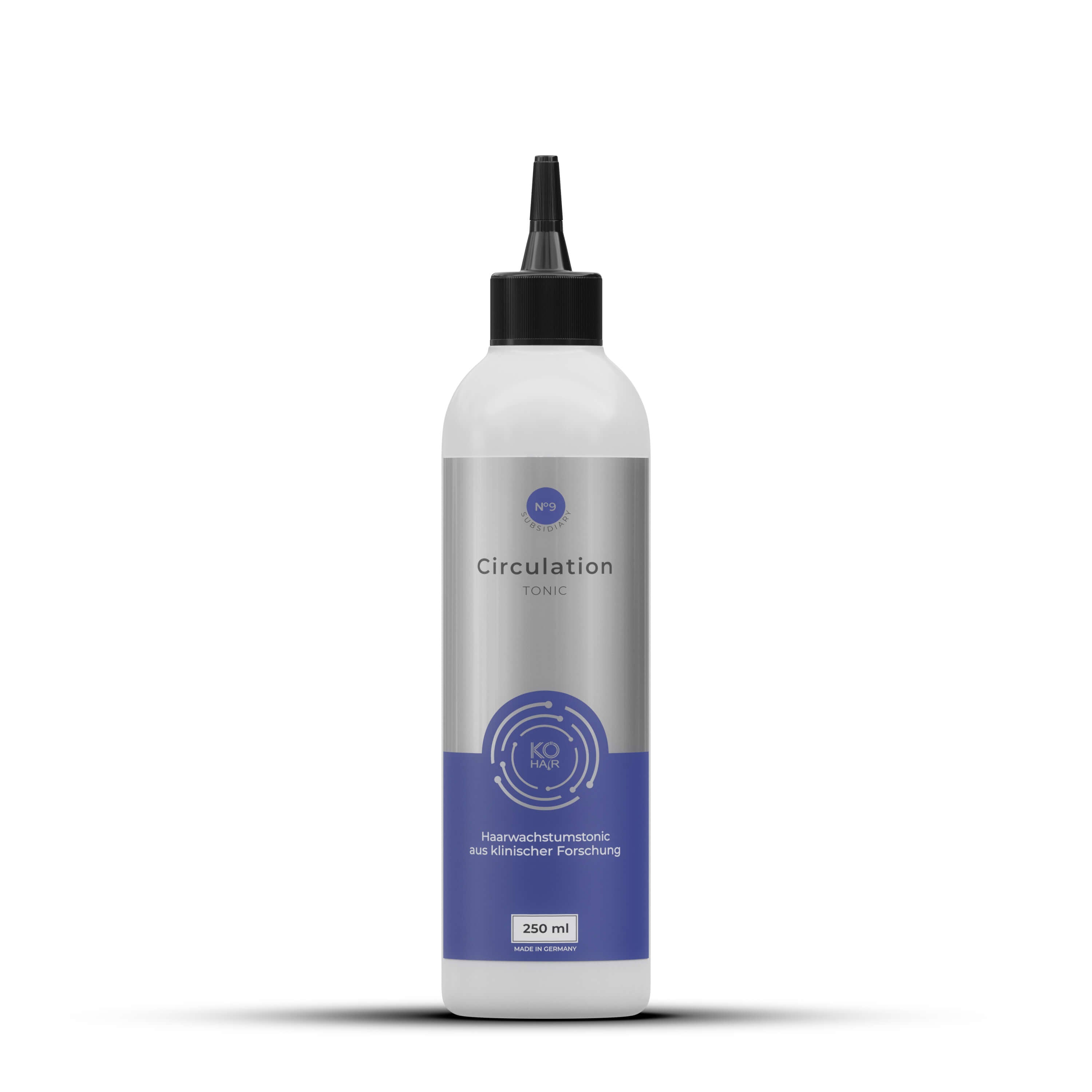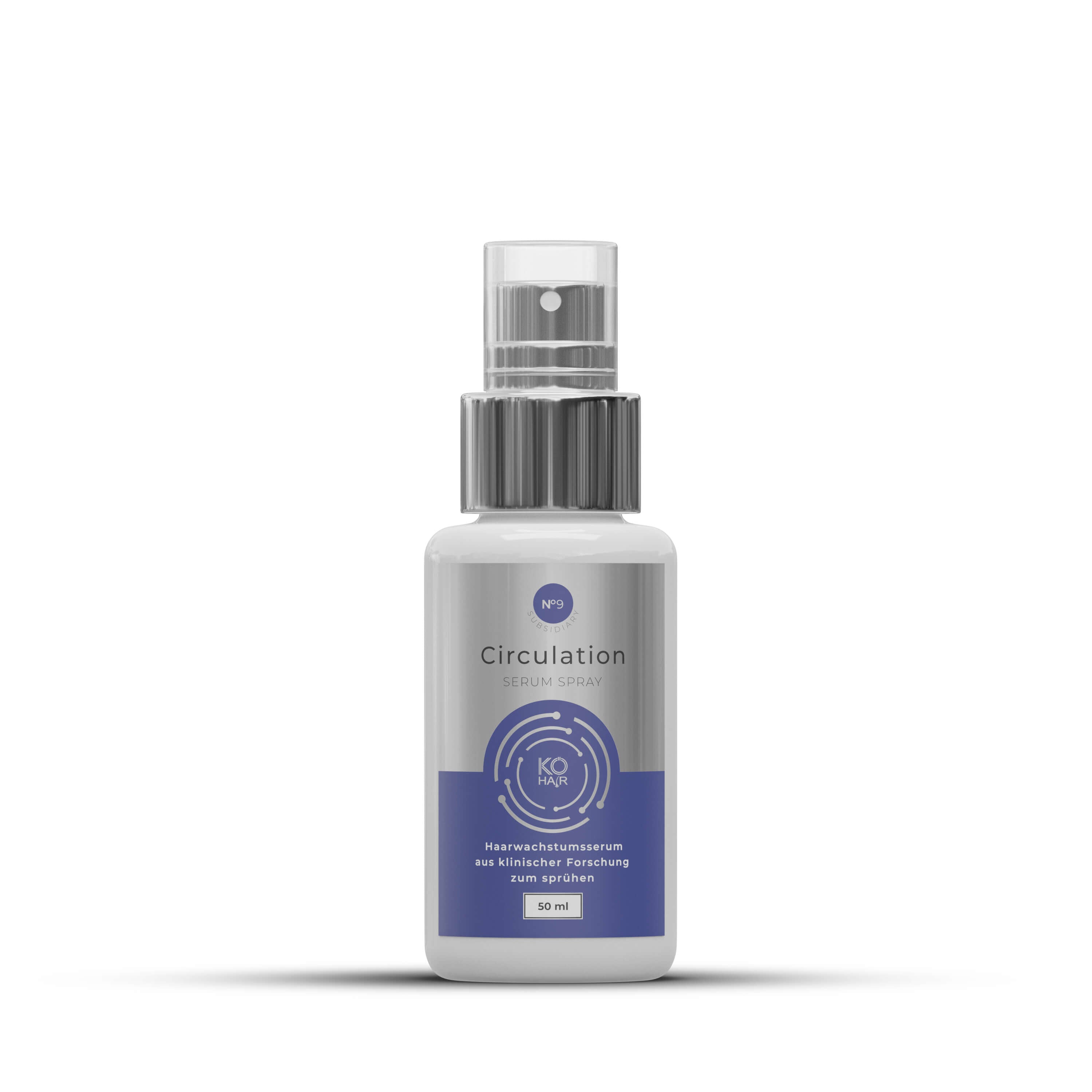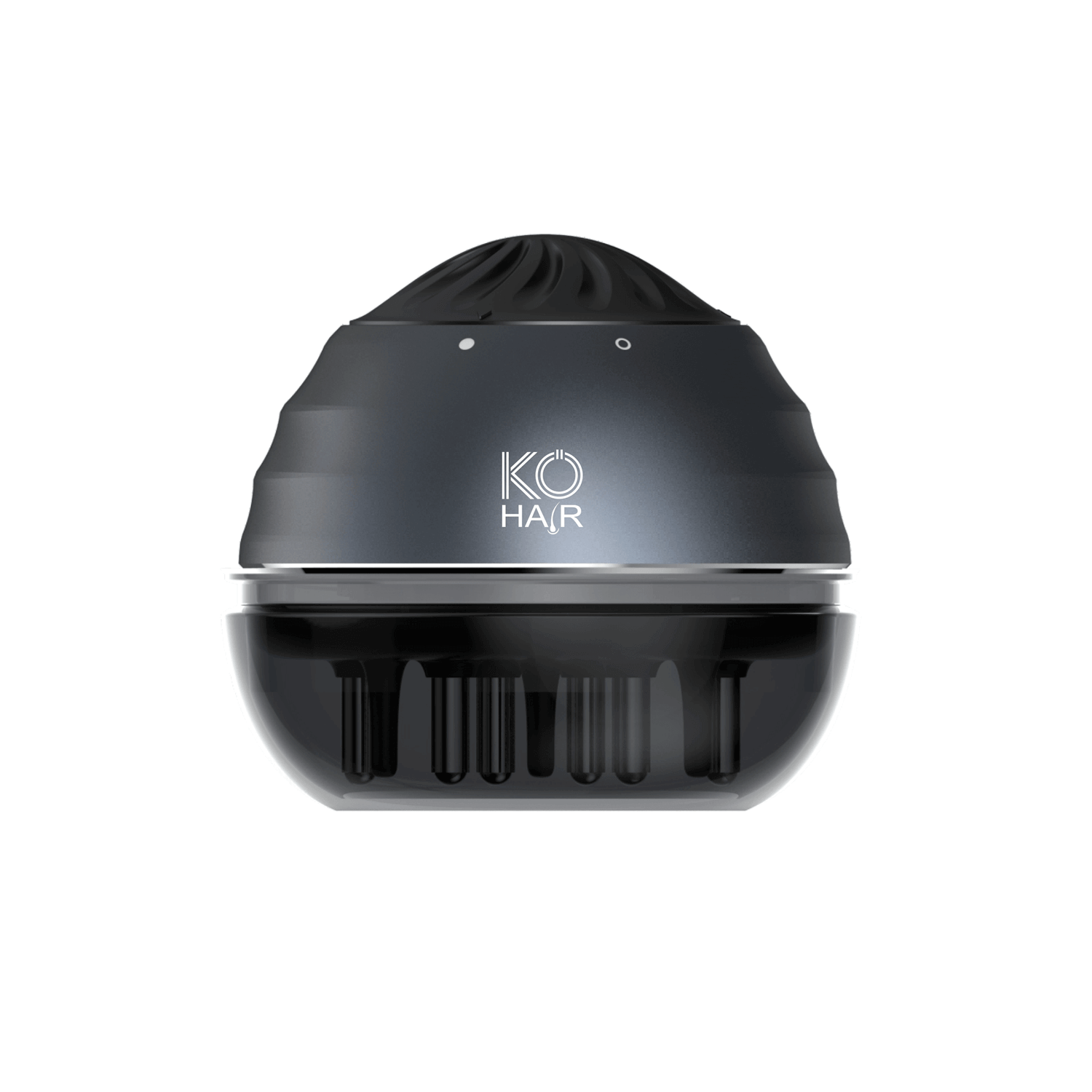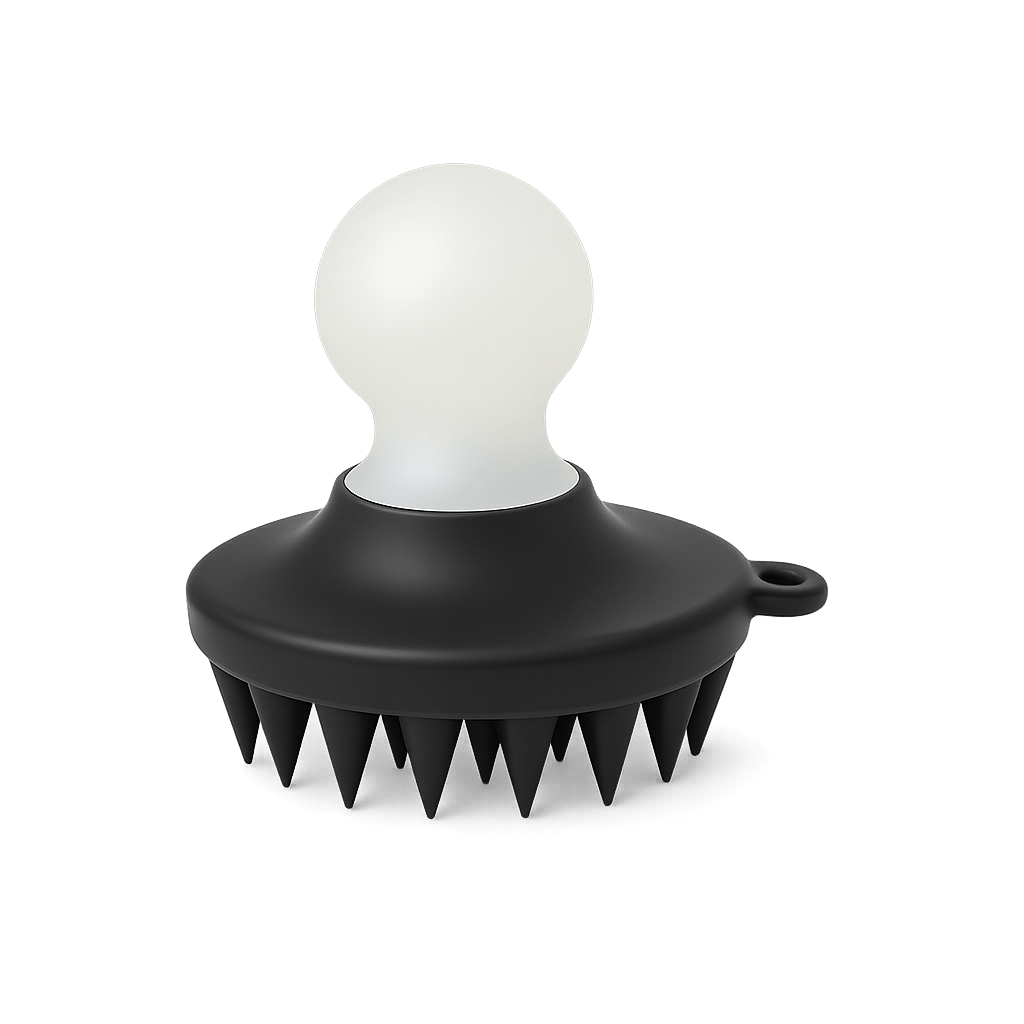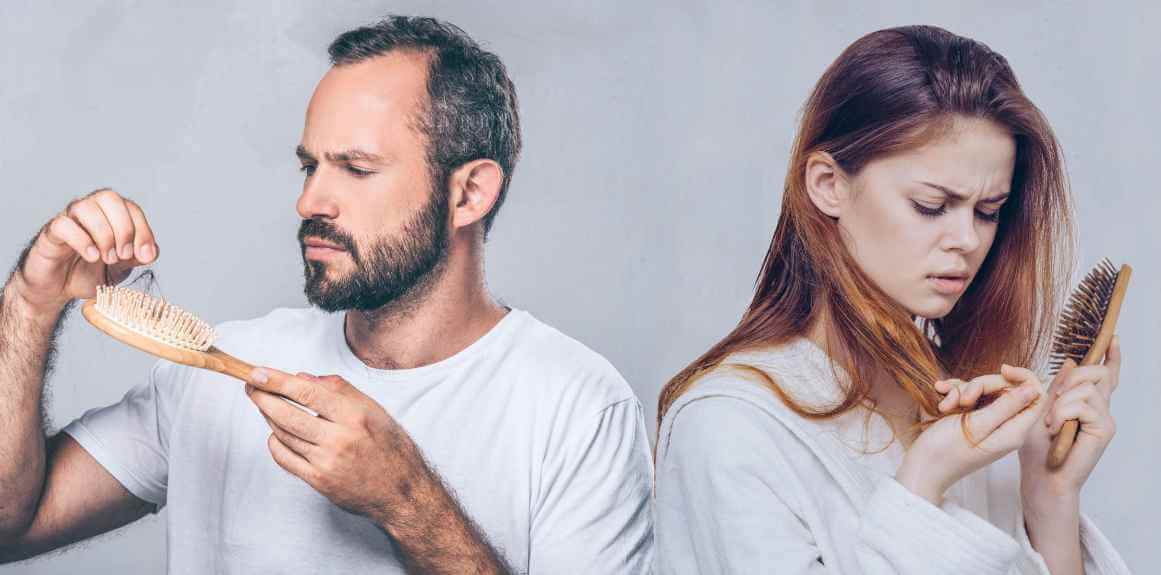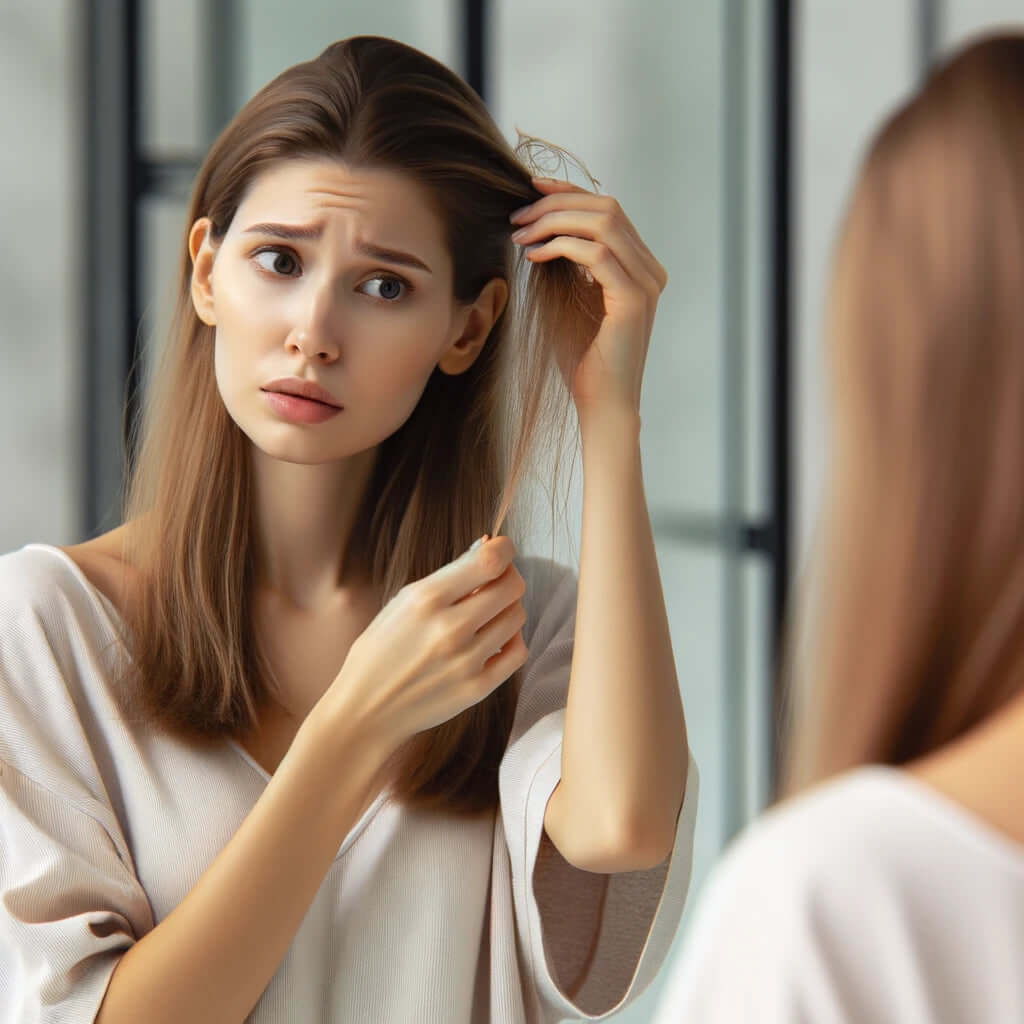Laser therapy for hair loss: A modern solution to a well-known problem
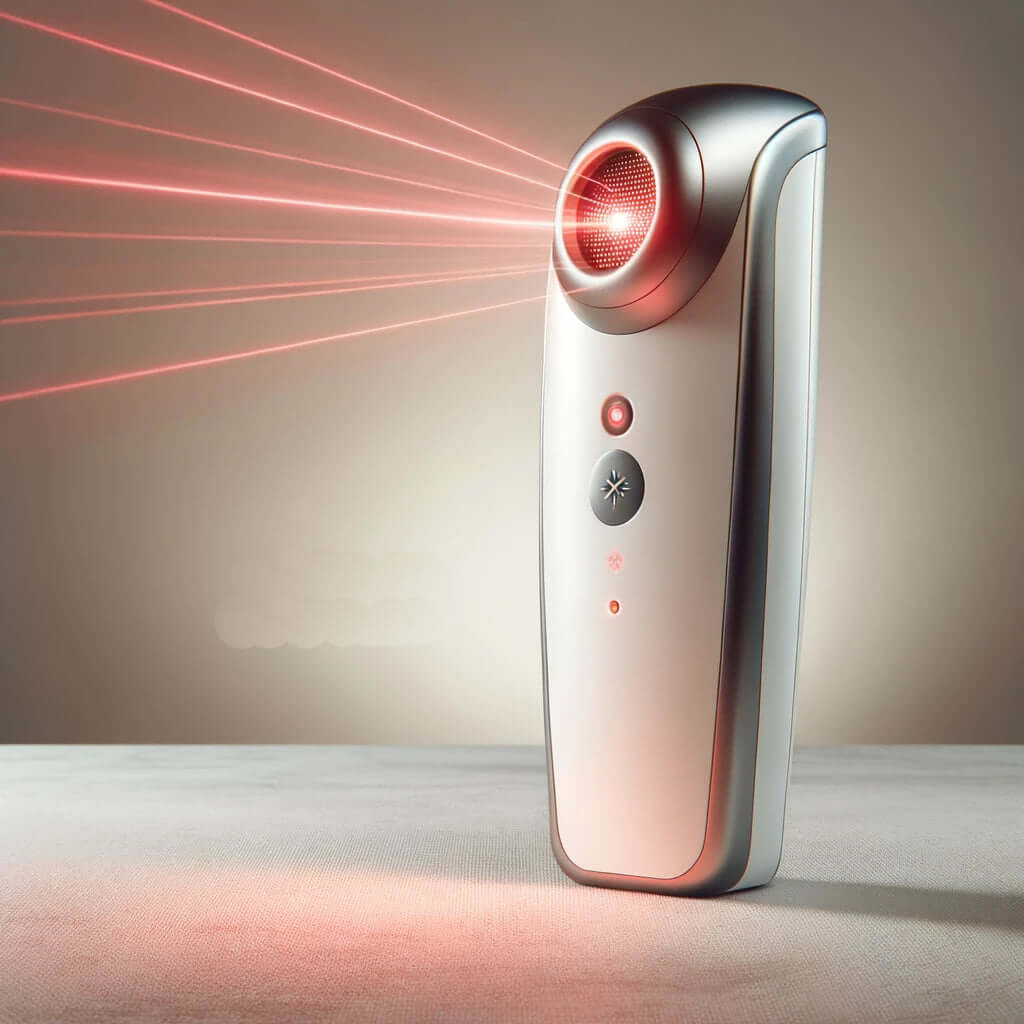
Hair loss can be a stressful experience for many people, regardless of gender and age. While there are a variety of treatments available, ranging from topical solutions to medications, laser therapy is gaining traction as an effective method for combating hair loss.
What is laser therapy?
Laser therapy, also known as low-level laser therapy (LLLT), uses specific wavelengths of light to stimulate cells in the scalp and promote blood circulation. This can help revitalize damaged hair follicles and stimulate hair growth.
How does it work?
The exact mechanisms by which LLLT promotes hair growth are still under investigation. Some theories suggest that laser energy increases the production of adenosine triphosphate (ATP) in hair follicle cells, which can lead to increased cell activity and hair growth. Additionally, the improved blood flow can help transport more nutrients and oxygen to the hair follicles.
Benefits of laser therapy
-
Non-invasive: Unlike hair transplants, laser therapy is a non-invasive treatment, meaning no incisions or procedures are required.
-
Pain free: Most patients report that the treatment is painless and relaxing.
-
Short treatment time: A session typically lasts between 10 and 30 minutes, depending on the device used and the treatment plan.
-
No known side effects: While some topical treatments and medications can cause side effects, laser therapy has no known serious side effects.
Conclusion
While laser therapy holds promise, it is important to have realistic expectations. LLLT is unlikely to result in complete recovery for advanced hair loss, but may help slow the progression of hair loss and promote new hair growth. As with any treatment, it is important to consult a professional to determine whether laser therapy is the right option for you.

